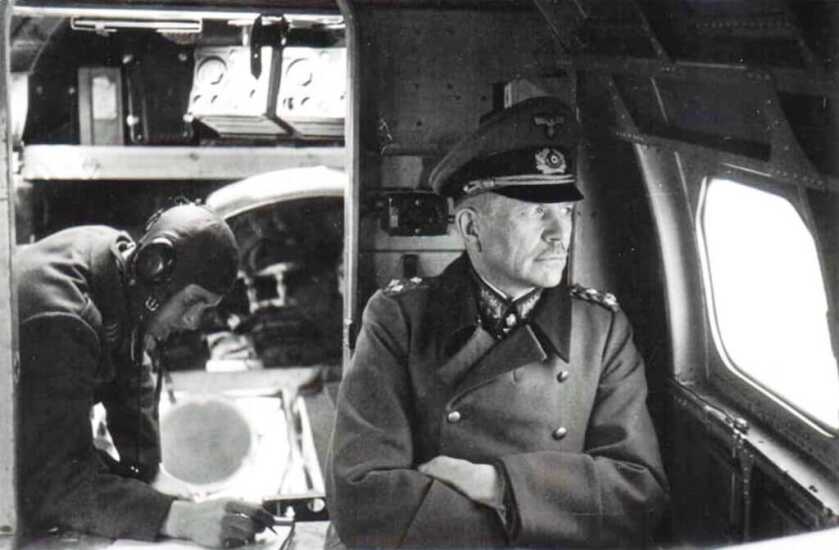
War is like some kind of horrible sentient thing. Troops and units move back and forth across the battlefield engaging and killing under the direction of commanders ranging from squad leaders up to theater-level Generals. The result is the summation of literally countless little dramas. It is marginally-controlled chaos.
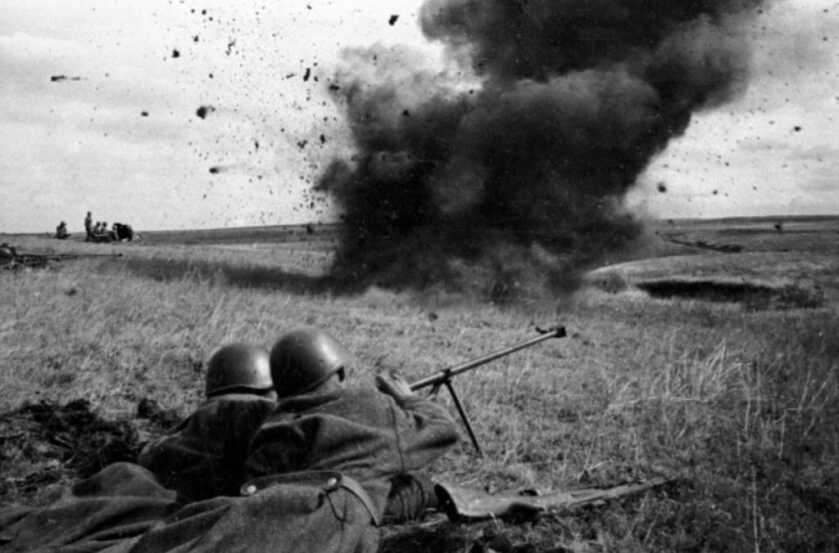
During expansive conflict, information flows like a river. Intelligence reports go up, and commands come down. Throughout it all, rumors and innuendo add seasoning. Eventually, information congeals into prevailing sentiment. Sometimes that sentiment is accurate. Sometimes it isn’t.
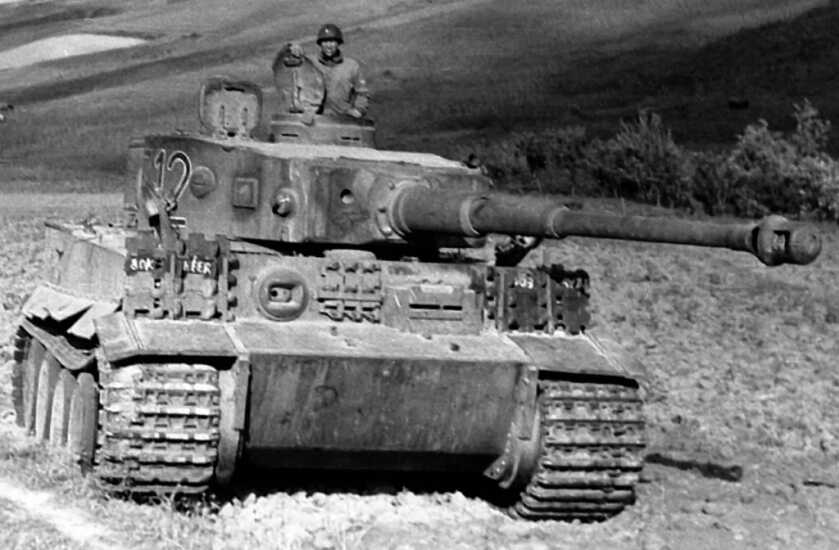
During World War 2 the German Tiger tank earned an outsized reputation among those who faced it. German propaganda lit the fire, but somber tales whispered among warriors provided the kerosene. The result was a legend that, like most legends, was a synergistic combination of fact and imagination.
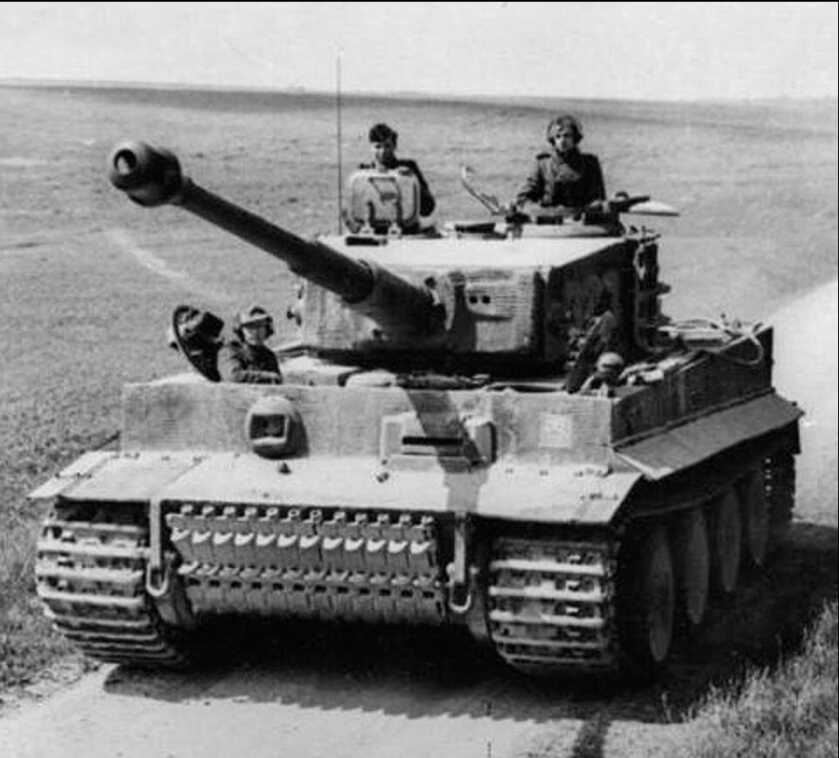
Eventually, every German tank was a dreaded Tiger. I have tasted this myself in conversations with WW2 veterans. Even though the Tiger was relatively rare on the European battlefield, most every German tank was reported to be one of the big cats. That is actually fairly understandable.
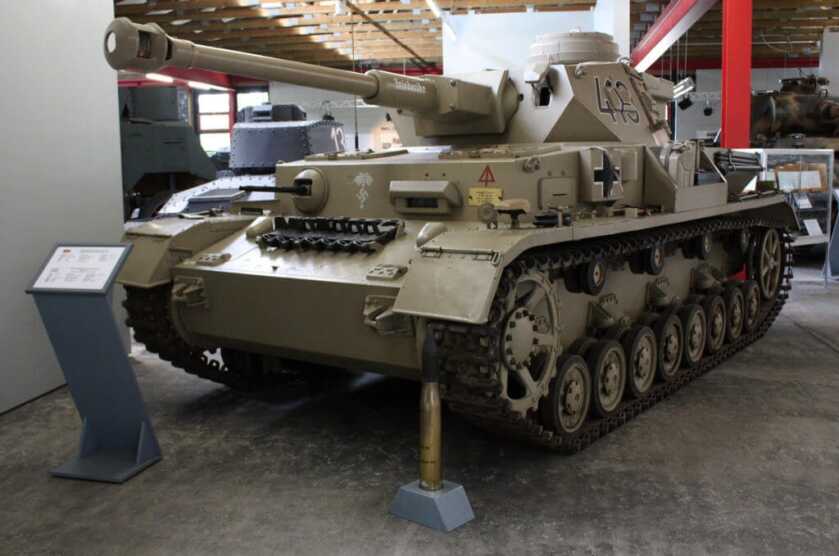
The most common German tank of the war was the Panzerkampfwagen Mk IV. 8,553 copies rolled off the lines against some 1,347 Tiger I’s. However, the PzKpfw IV looked a bit like a slightly miniaturized Tiger I in dim light. Considering any dismounted GI facing any German tank tended to find himself in stressful circumstances, such confusion is understandable.
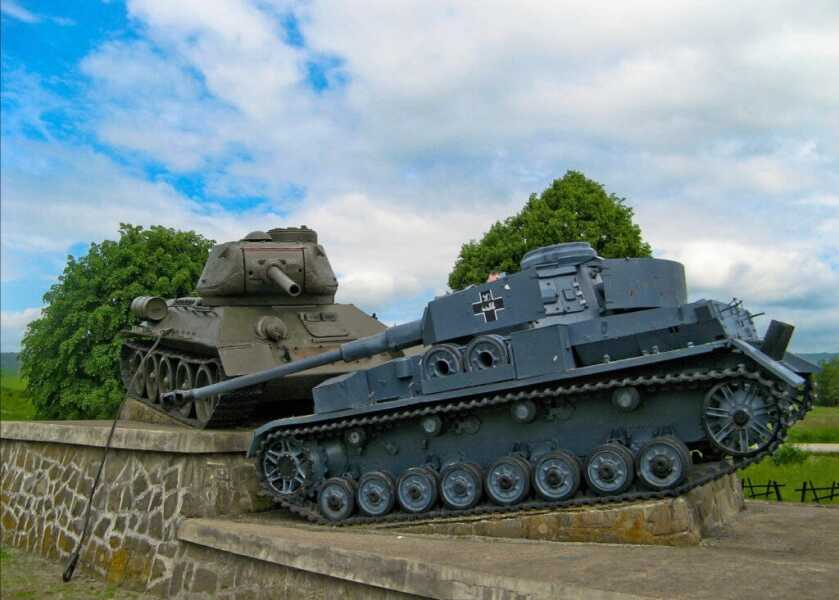
What birthed the Tiger legend was a series of well-publicized engagements relatively early in the war. At a time when Allied tank technology had not kept pace with that of the Wehrmacht, the Tiger did indeed exact a prodigious butcher’s bill. One of those earliest one-sided engagements occurred on July 5, 1943. This was the first day of the Battle of Kursk. Kursk was the largest tank-on-tank engagement in human history and the turning point in the war on the Eastern Front.
The Setting
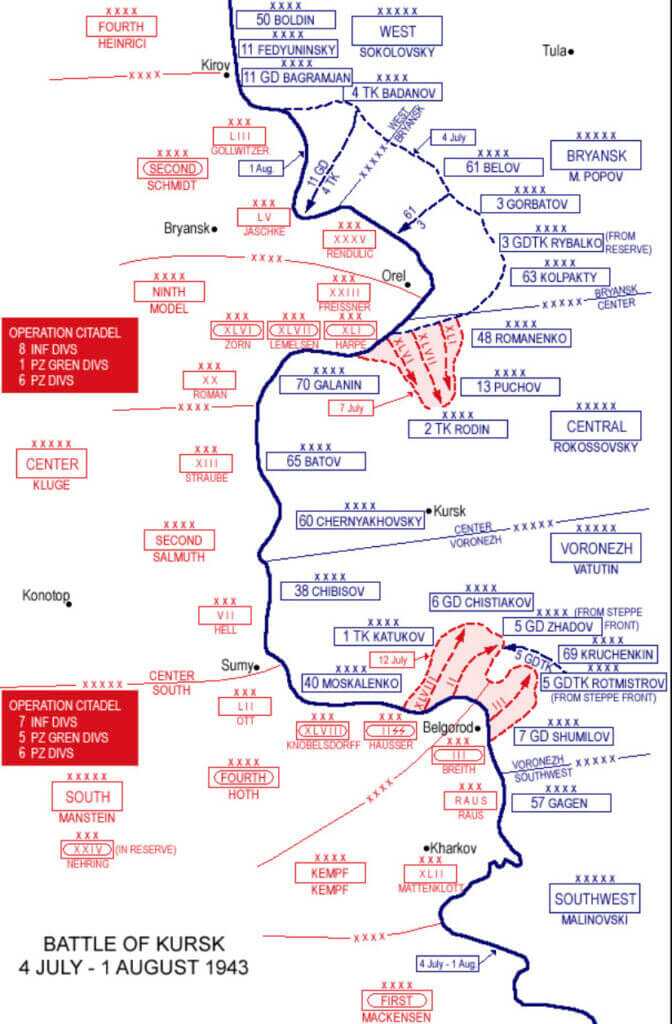
The Soviets had pressed deep into territory captured by the Germans and created a salient. The following year in the Ardennes we called it a bulge. Sensing an obvious opportunity, Hitler and his Generals planned a bold counterstroke.
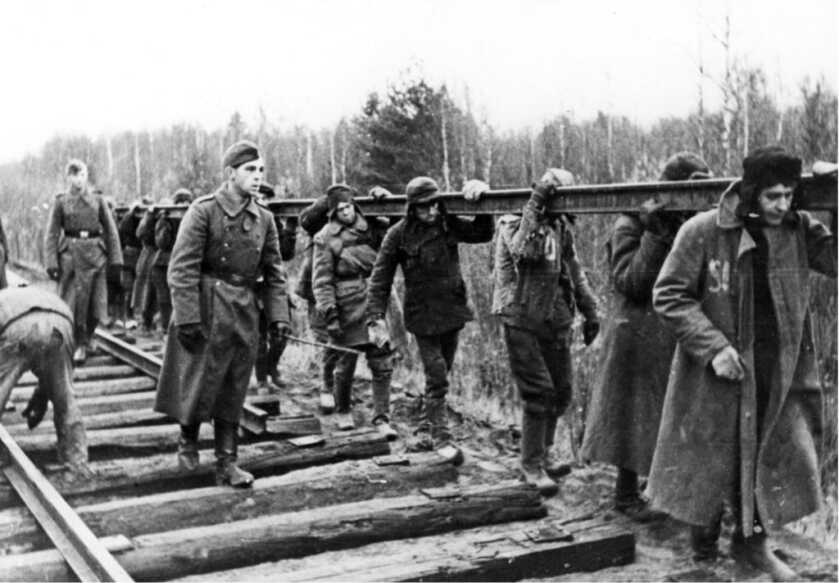
The plan was to launch simultaneous offensives in the north and south to pinch off the salient, capturing tens of thousands of Russian troops in the process. A bold victory would regain the initiative for the Wehrmacht, while the captured Russians would provide ample slave labor for the German war effort. However, the Russians saw this coming.

The Soviets had ample opportunity to prepare, so they dug countless miles of tank ditches, prepared innumerable defensive antitank positions, and planted nearly a million mines of various flavors. The result was a bloodbath. However, while the big picture is the purview of the policy-makers, today we concern ourselves with the soldier’s eye view. In this case, the star of the show is Oberscharführer (Staff Sergeant) Franz Staudegger.

Staudegger was an SS NCO commanding a PzKpfz Mk VI Tiger I. After a day of heavy combat, his Tiger was moving by night to rejoin his unit. Approaching another tank parked in the road, Staudegger saw its commander sitting in his hatch smoking a cigarette. The 20-year-old SS Sergeant dismounted to ask his fellow tank commander to move his vehicle so he could pass. Once he got close to the stationary track he heard Russian voices in the dark and realized it was a Soviet T34. Thinking quickly he primed a hand grenade, jumped up on the side of the enemy tank, and tossed the sputtering bomb down the open hatch.

The grenade went off inside the tank, killing the crew. At that moment the crew of a second T34 parked nearby heard the muffled explosion and opened their hatches to investigate. Staudegger quickly ran over to the second T34, armed a grenade, and destroyed it in the same fashion. For singlehandedly destroying two T34’s while dismounted Franz Staudegger earned the Iron Cross First Class.
Taking It Up a Notch…
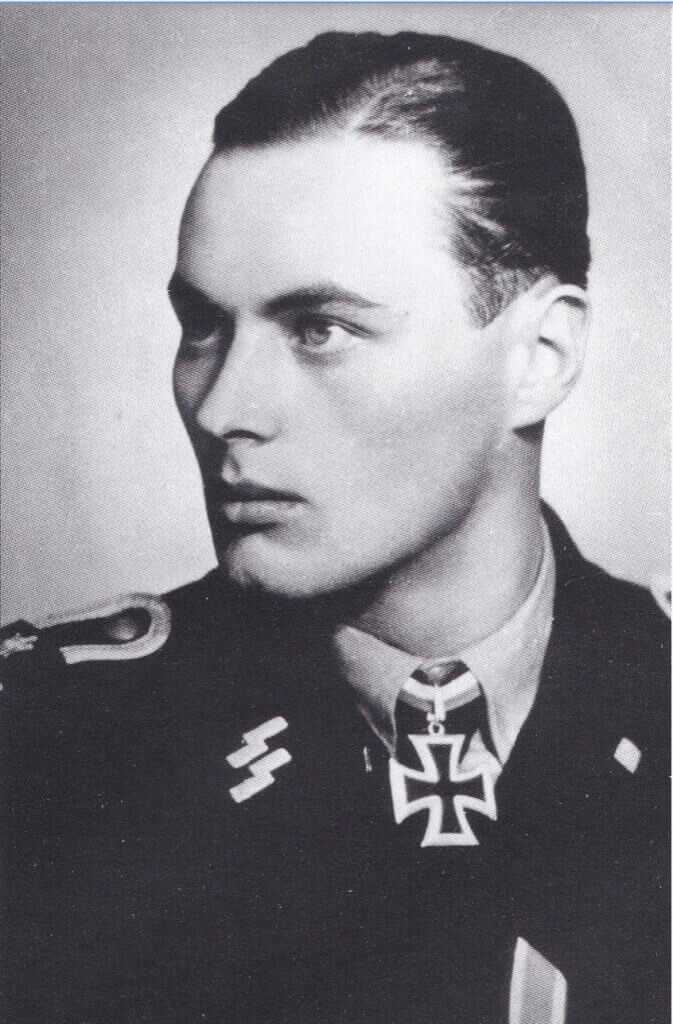
So now we should all be in agreement that Franz Staudegger had some simply epic stones. His performance on foot alone in the dark was nothing compared to the mayhem he wreaked from inside his Tiger. Three days later Staudegger helped birth the Tiger legend.
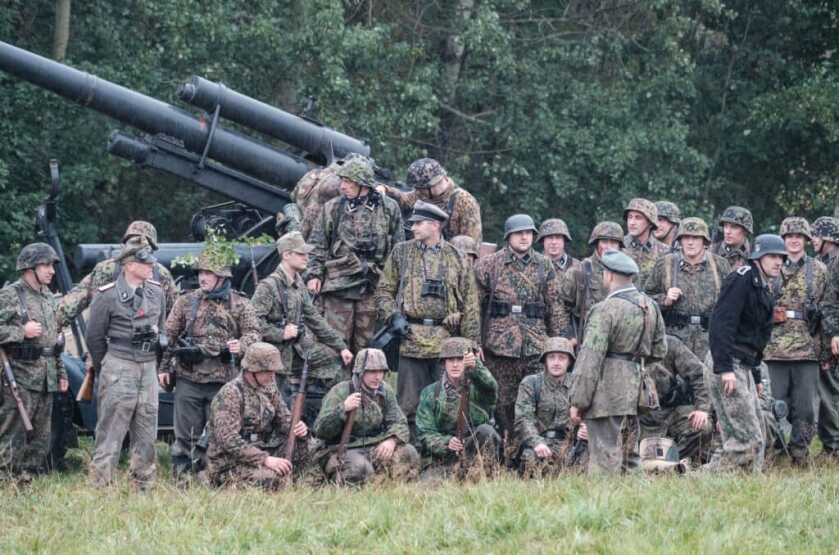
The 2d SS Panzer Corps consisted of the Leibstandarte, Das Reich, and Totenkopf, arguably the three premiere Panzer divisions in the German order of battle. On July 8, the Russian 10th Tank Corps launched a ferocious assault against the 1st SS Panzer Leibstandarte. At the time of the attack, many of the division’s tanks were deployed elsewhere. When the weight of the Soviet assault fell there were only two German tanks close enough to oppose it.
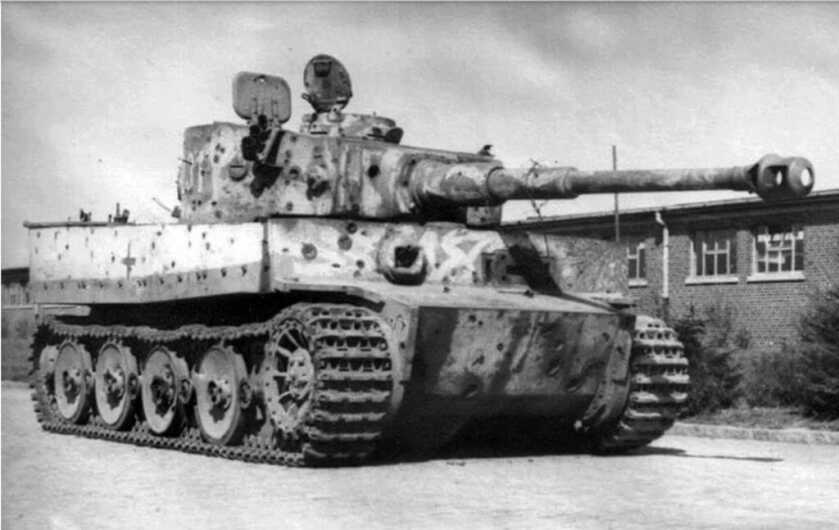
These two Tigers were commanded by Franz Staudegger and Rolf Schamp. Both vehicles had been damaged in combat and were in the process of being repaired. The two tank crews patched up the tracks and running gear sufficiently to get them moving and headed toward the sounds of battle.
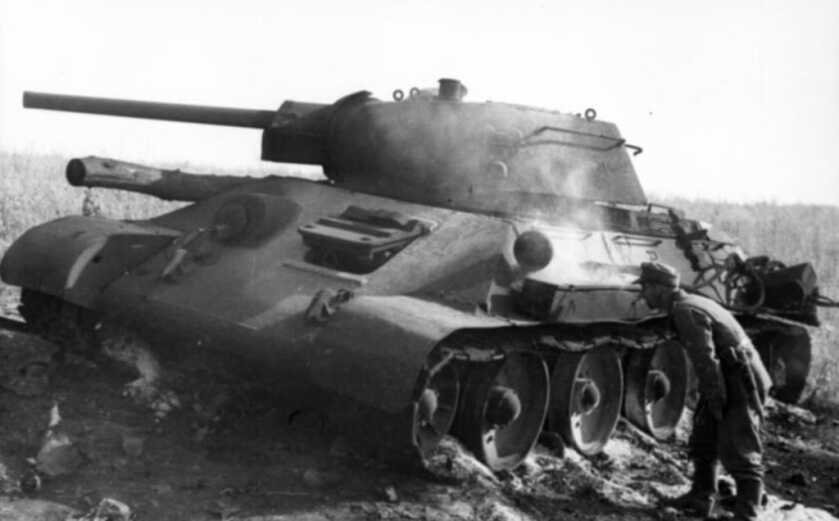
With Schamp securing his flank, Staudegger directed his Tiger toward the point of the Soviet breakthrough. They arrived just as the lead Russian vanguard was overrunning the German Infantry’s fighting positions. Rapidly positioning behind cover, Staudegger’s gunner destroyed three Soviet T34’s in rapid succession with armor-piercing shots. Before they could reposition, another two Russian tanks rolled into view, firing as they bore. Staudegger destroyed those two enemy tanks as well.
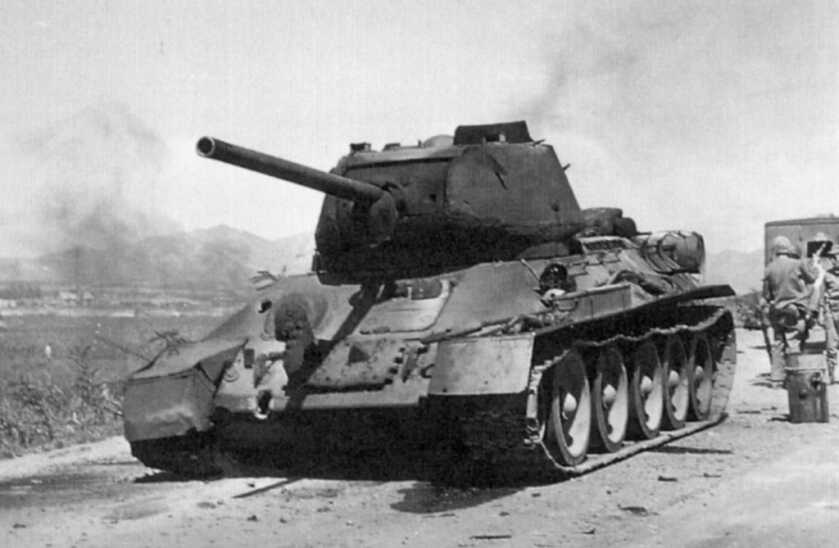
By now all hell had broken loose, and chaos reigned. Using an embankment for cover, Staudegger maneuvered his heavy tank back and forth to obtain firing solutions as Russian tanks cleared the berm. One after another they ultimately destroyed some seventeen Russian tanks, expending their entire onboard store of armor-piercing rounds. However, the Russian tanks still kept coming.
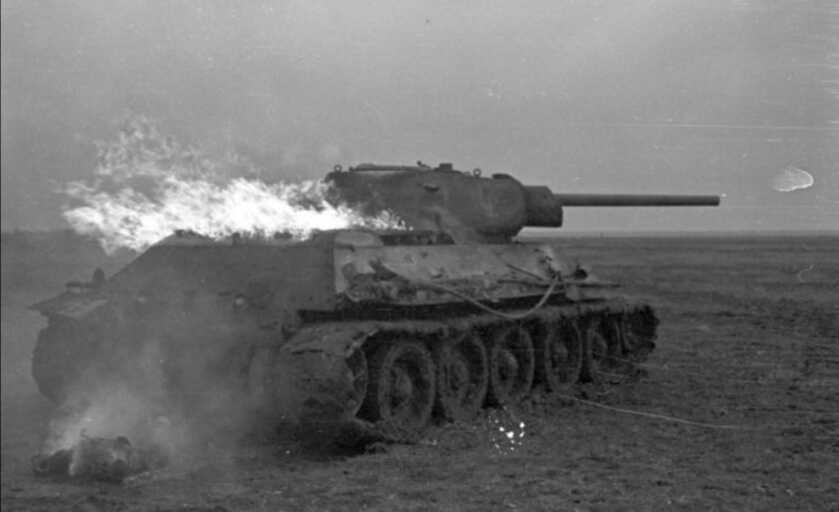
Staudegger switched to high-explosive rounds for the massive 88mm gun on the Tiger. While these shells lacked significant armor-piercing capability, the ample HE payload was still adequate to disable and destroy the rampaging T34’s. Now with his tank hit multiple times and his ammunition supply all but gone Staudegger pulled back. He left another five smoking Russian hulks in his wake.
The Tank
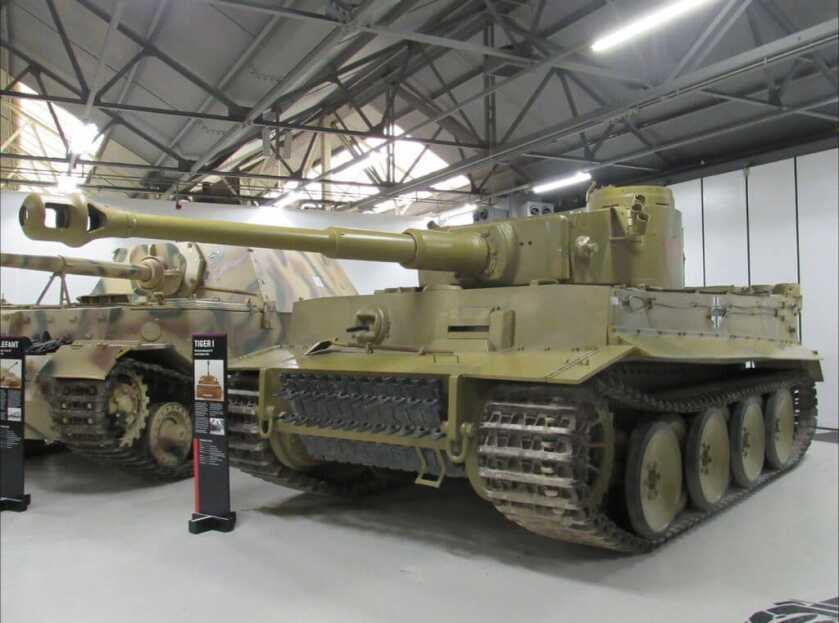
First deployed in North Africa in 1942, the Tiger I was Germany’s premiere heavy tank. The PzKpfz Mk VI was the first German armored vehicle to mount the KwK 36 8.8 cm gun derived from the feared Flak 36. This high-velocity weapon was originally designed as an antiaircraft gun but was found to be utterly devastating when turned toward more terrestrial targets. The 88mm KwK could penetrate the frontal armor of any tank in the world at the time of its introduction.
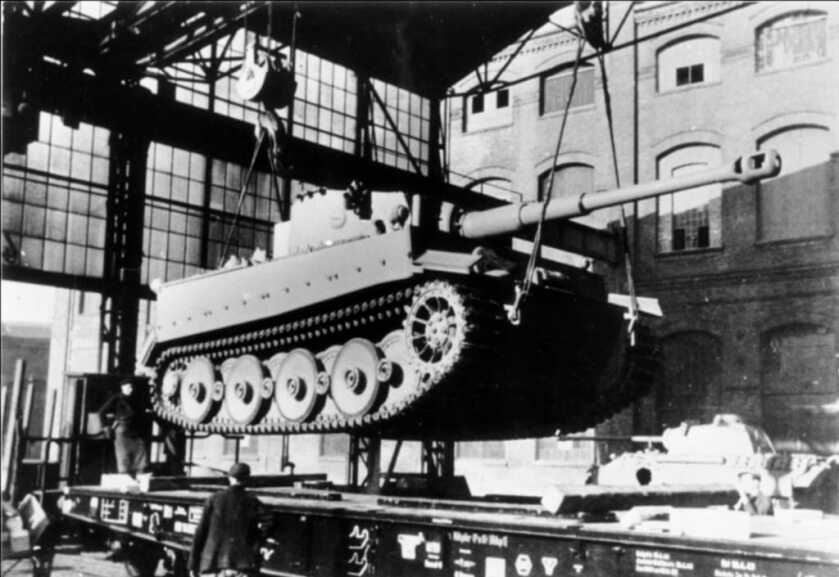
The Tiger I was a marvel of martial engineering prowess, but it was grossly over-designed. The wide tracks and interleaved roadwheels slaved to a complex torsion bar suspension offered a smooth ride over rough terrain but made transport by rail a time-consuming, cumbersome process. Additionally, the tank’s massive 63-ton combat weight made it difficult to find civilian bridges that could support its mass.
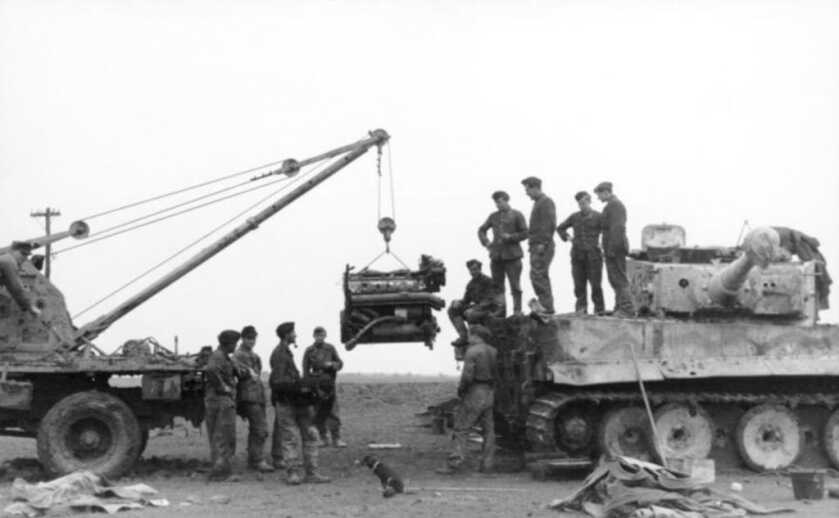
The Tiger I carried a crew of five and also included a pair of MG34 machineguns, one mounted coaxially with the main gun and the other in a ball mount in the hull. The 690-horsepower Maybach HL230 P45 V12 powerplant was one of the most powerful in any armored vehicle at the time, but it still left the Tiger I somewhat underpowered. It also absolutely gulped fuel. Max speed was 28 mph on roads and 12-16 mph cross country. The operational range was 121 miles on roads, and 68 miles off. The Tiger I carried 92 rounds of main gun ammunition and 4,800 rounds of linked 7.92x57mm for the two machine guns.
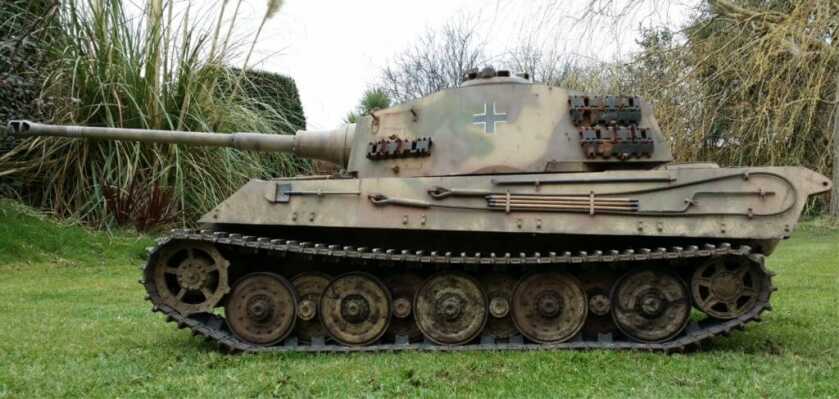
Ferdinand Porsche personally christened the Mk VI the Tiger. Production of the Tiger I was phased out in the summer of 1944 in favor of the even more massive Tiger II or King Tiger. Though 489 of these behemoths rolled off the lines by the end of the war, teething troubles kept them from reaching their full potential on the battlefield.
The Rest of the Story
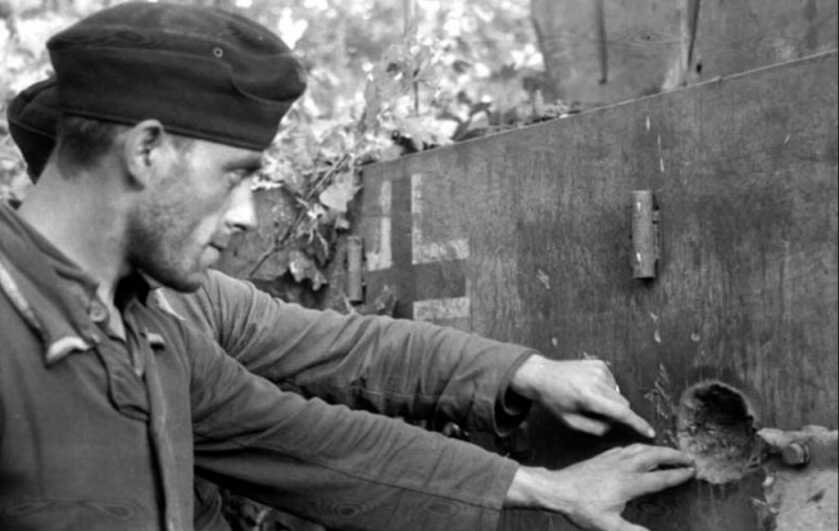
By the time Staudegger pulled back the Russians had had enough. His tank had been hit an astounding 67 times by 76mm Russian rounds without significant penetration. In addition to singlehandedly destroying 22 enemy tanks, Staudegger had also broken the back of the Russian tank assault. In the aftermath, Staudegger was awarded the Knight’s Cross to the Iron Cross. He was the first Tiger crewman to be so decorated, but he certainly would not be the last.
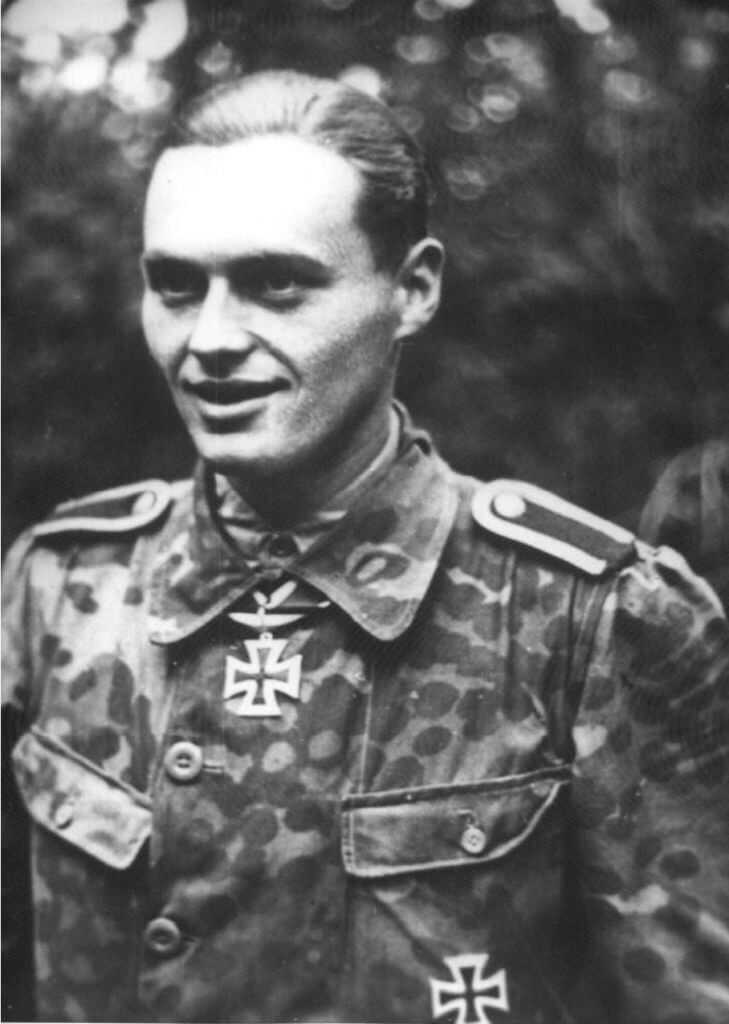
Despite the horrible twisted darkness of the Nazi regime, there were countless examples of laudable bravery on the part of individual German soldiers serving during World War 2. Michael Wittman gained more notoriety as a Tiger ace, and the exploits of Otto Carius were better documented. However, unlike Wittman, Franz Staudegger survived the war. He returned to Germany afterward and lived a modest, quiet life, ultimately dying in 1995 at age 72. Staudegger and his crew helped lay the foundation for the legend that was the Tiger tank.
***Buy and Sell on GunsAmerica! All Local Sales are FREE!***


The Tiger had a reputation that was earned, but perhaps not well earned.
Tiger mania had much to do with it.
The movie ‘Fury’ was mostly dishonest in it’s depiction of the Tiger, at that time, with 80mm of side armor, the American 76mm was fully capable of penetrating the tigers side armor at 800-1000 yards, so the scenes and implied nonsense that the American tank had to get behind the Tiger at point blank range was just Hollywood B.S.
Not to mention how the three tanks first went at the Tiger, that was just dumb since they had not one but two 76mm Shermans.
One must give credit to many of the German Tiger (and Panther) commanders though, they were very good at what they did considering how badly they were often outnumbered.
Then again, look how well many of the lowly StuG III tankers did, with a smaller gun.
All of the tanks that were formerly at Fort Knox, are now at Fort Benning, GA.
Great article, Will!
25 years ago I visited the Gen. George S. Patton museum at Fort Knox, and I think they had one Tiger on display in there. Unfortunately the Army relocated all of the artifacts to somewhere else, and now the museum is left with what little is on loan from the Patton family.
Keep ’em coming, Dr. Will. Great stuff every time.
John Roberts